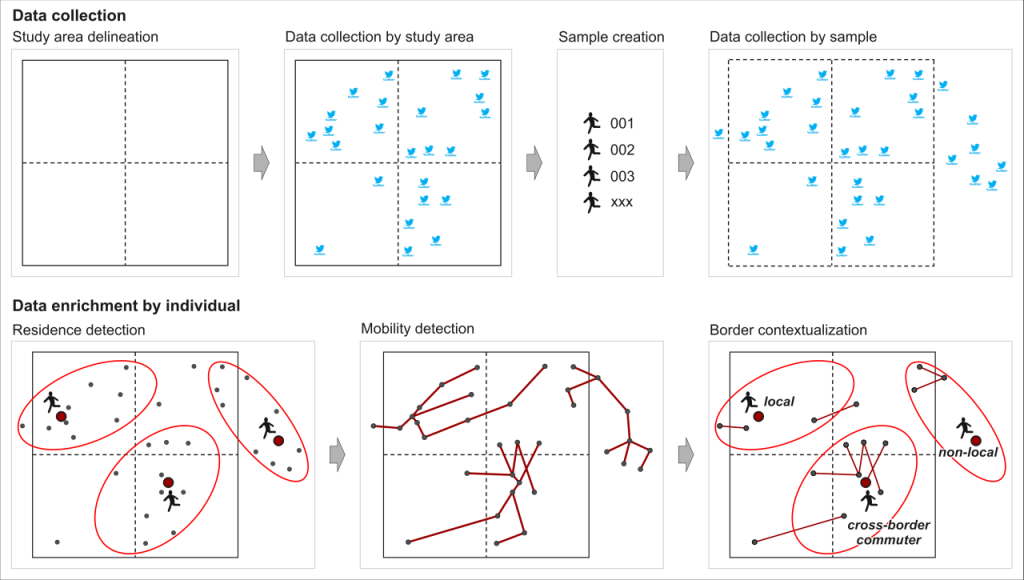Author: Iivari Laaksonen
Why is the study relevant?
Multi-local living can be defined by individuals or families having access to more than one residence in their everyday lives. It is a complex social phenomenon causing weekly and seasonal changes in population numbers as people move between regions. This means that the phenomenon is tightly connected to human mobility. In prior research, multi-locality has been mainly studied using official statistics that fail to capture the dynamic nature of people’s mobilities and dwelling. To address this in my thesis, I utilized spatially and temporally accurate big data sources − mobile phone and electricity consumption data − to capture people’s presence and mobility. More accurate information about multi-local living can be useful for local businesses and regional planning in rural areas.
How was the research done?
In my thesis, multi-local living was studied in Finland and in the county of South Savo, which has the highest proportion of second homes/free-time residences in the country. The study was done by analyzing spatiotemporal changes in people’s presence (mobile phone data from Telia Crowd Insights) and by examining how the changes relate to the number of second homes (official statistics) in different areas with correlation analyses. In addition to monthly comparisons, analyses were conducted separately for workdays and weekends to assess how people’s multi-local practices differ between weekdays. The study period of the thesis was from November 2018 to August 2019.
Mobile phone data also contains information about people’s origins (previous night location). This allowed to assess the proportions of origin counties of people visiting South Savo. Moreover, mobile phone data was used to assess the results of second home occupancy in South Savo gained from electricity consumption data which had been previously calculated in the MOPA research project.

